Neuro-sensory approach
What we know
Over the past 20 years, researchers have identified abnormal functioning of the vestibular system and morphological alterations in the central nervous system in patients with scoliosis.
These observations have led to the hypothesis that idiopathic scoliosis has a neurological origin and that alterations in proprioceptive circuits play a decisive role.
What we ignore
There are many indications pointing to a neurological/vestibular cause. But where exactly does it occur?
Are these neural or proprioceptive alterations the cause or effect of scoliosis and trunk deformity?
How could proprioception induce spinal deformity?
What advances were made thanks to the work supported by the Fondation Cotrel?
In Lille, Dr. Dominique Rousié uses an MRI technique that allows for in vivo mapping of the microstructure and organization of brain tissue. His work has highlighted two fundamental points.
- No macroscopic alterations are present in patients with scoliosis.
- Alterations in the microstructure of white matter are present: there are fewer fibers and a deficit of myelination in the corpus callosum and corticospinal tract, at the level of the pons (brain stem). Abnormal sensory and motor integration at the level of the pons may therefore be associated with the development of idiopathic scoliosis.
At Laval University (Canada), Professor Martin Simoneau analyzes the sensorimotor mechanisms that may play a role in the onset and progression of idiopathic scoliosis.
He has identified asymmetry in the descending (corticospinal) pathways in patients with idiopathic scoliosis.
Professor Christine Assaiante (CNRS, Marseille) has demonstrated differences in frontal cortex connectivity between patients with scoliosis and healthy controls. It appears that children with scoliosis may experience comparative delayed maturation.
At the Weizmann Institute of Science in Revohot, Israel, Professor Elazar Zelzer and his team highlighted the role of trunk proprioception. Using an animal model (mutant mice with sensory neuron deficiency), they studied the central role of trunk proprioception and showed that the removal of a key mechanoreceptor involved in trunk proprioception (muscle bundles) induces severe scoliosis in mice. A second project focuses on the study of a protein, PIEZO 2, involved in mechanotransduction.
A patient with idiopathic scoliosis sees himself as straighter than he actually is: he suffers from dysmorphophobia. The rehabilitation objectives in the management of adolescents with idiopathic scoliosis have been modified.
Ablation of this gene again results in scoliosis in an animal model.
In Villeneuve d’Ascq, Dr. Jean-François Catanzariti worked on evaluating the sense of verticality and concluded that people with scoliosis have a distorted perception of it.
Patients have an erroneous understanding of the shape of their back and difficulty aligning their trunk vertically. The origin of this anomaly could be related to the perception of gravity and trunk proprioception, which opens the door to studies focused on trunk proprioception in humans.
Impact for the patient ? A better understanding of what he “feels”
A patient with idiopathic scoliosis aligns their torso—and therefore their spine—with a distorted vertical line. They see themselves as straighter than they actually are: they suffer from dysmorphophobia.
Following these discoveries, the rehabilitation objectives for treating adolescents with idiopathic scoliosis have been modified.
Indeed, if we want patients to follow the proposed treatments (intensive rehabilitation, corrective brace), it is essential that they understand what they are suffering from.
Rehabilitation specialists begin by raising awareness of the deformity through various means. Treatment involves working in front of a mirror and video recording the patient’s back in order to show them their deformity live on a computer screen.
They then use touch, coupled with explanations based on the patient’s X-ray.
Once the adolescent has become aware of their deformity, they can learn to correct it by aligning their torso vertically. These techniques are performed by specialized occupational therapists and physical therapists.
Researchers and their works
Dr Kariman Abelin Genevois
Laureate 2024
Dr Christine Assaiante
Laureate 2004, 2010, 2015
Pr Robert Carlier
Laureate 2015
Dr Jean-François Catanzariti
Laureate 2017
Pr Jack Cheng
Laureate 2001, 2005, 2010
Dr Winnie Chu
Laureate 2005 and 2010
Dr Rocio Garcia
Laureate 2023
Dr Marie-Line Pissonnier
Laureate 2015
Dr Dominique Rousié
Laureate 2003, 2007, 2013 and 2017
Pr Martin Simoneau
Laureate 2001, 2010, 2017
Pr Elazar Zelzer
Laureate 2018 and 2023


